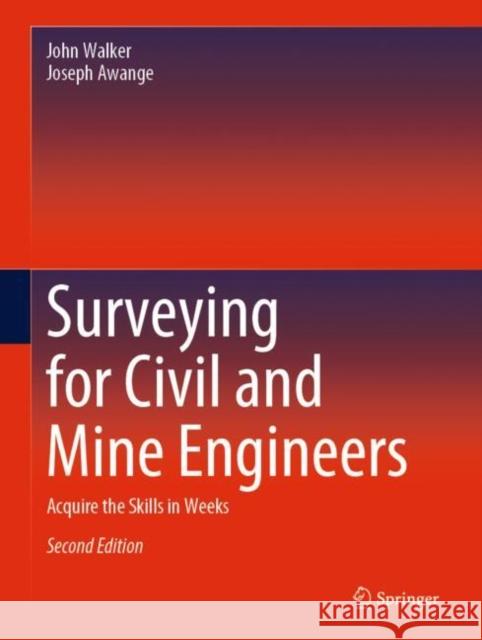Surveying for Civil and Mine Engineers: Acquire the Skills in Weeks » książka
topmenu
Surveying for Civil and Mine Engineers: Acquire the Skills in Weeks
ISBN-13: 9783030458027 / Angielski / Twarda / 2020 / 411 str.
Surveying for Civil and Mine Engineers: Acquire the Skills in Weeks
ISBN-13: 9783030458027 / Angielski / Twarda / 2020 / 411 str.
cena 722,88
(netto: 688,46 VAT: 5%)
Najniższa cena z 30 dni: 655,41
(netto: 688,46 VAT: 5%)
Najniższa cena z 30 dni: 655,41
Termin realizacji zamówienia:
ok. 22 dni roboczych.
ok. 22 dni roboczych.
Darmowa dostawa!
Kategorie:
Kategorie BISAC:
Wydawca:
Springer
Język:
Angielski
ISBN-13:
9783030458027
Rok wydania:
2020
Wydanie:
2020
Ilość stron:
411
Waga:
1.22 kg
Wymiary:
28.19 x 21.34 x 2.54
Oprawa:
Twarda
Wolumenów:
01











